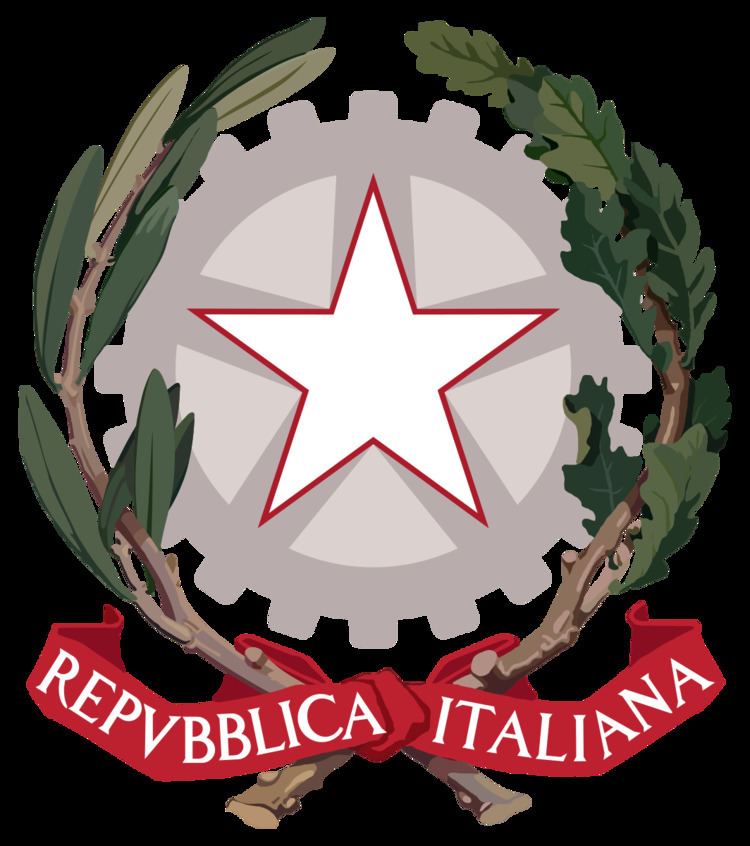The Moro I Cabinet was the Government of Italy headed by Prime Minister Aldo Moro from 4 December 1963 until 22 July 1964 for a total of 231 days, or 7 months and 18 days. The cabinet is described as an organic centre-left government.
Composition of Government:
Christian Democrats
Italian Socialist Party
Italian Social Democratic Party
Italian Republican Party
(Text) CC BY-SA

